
Guide To Electric Bike Types: Find Your Perfect Ride
Electric bike types come in various models to suit every rider's needs. From city cruisers to rugged mountain versions, these power-assisted cycles make riding easier and more fun for everyone.
The three main classes (1, 2, and 3) offer different levels of assistance and speeds, while specialized styles like commuter, folding, cargo, and mountain e-bikes serve specific purposes. Finding your perfect e-bike means matching the type to your riding habits and terrain.
Ready to discover which electric bike will transform your journeys? Read on to find your ideal match!
Classes and Components of Electric Bikes
Electric bikes come with different classifications and parts that affect how they work and where you can ride them. Knowing these details helps you pick the right e-bike for your needs.
Class 1, 2, And 3 E-Bikes Explained
Class 1 e-bikes give you motor assistance only when you pedal. These bikes don't have a throttle and stop helping you when you reach 20 mph.
They're the most basic type and are allowed on most bike paths.
Class 2 e-bikes have both pedal-assist and throttle options. With a throttle, you can get power without pedaling.
Like Class 1, these bikes also max out at 20 mph. Many cities let you ride Class 2 e-bikes on regular bike paths.
Class 3 e-bikes are the speediest option. They provide pedal support up to 28 mph.
Most Class 3 bikes don't have throttles. Because of their higher speed, they're often not allowed on bike paths and might need to be ridden on roads.
Key Components: Motors, Batteries, And Controllers
The motor is your e-bike's muscle. Motors come in two main types: hub motors (in the wheels) or mid-drive motors (near the pedals).
Mid-drive motors give better balance and hill-climbing ability, while hub motors are usually cheaper.
Batteries store the energy that powers your ride. Most e-bikes use lithium-ion batteries that can last 20-80 miles on a charge.
Battery size is measured in watt-hours (Wh) - bigger numbers mean longer rides. The controller is the brain of your e-bike. It manages how much power flows from the battery to the motor.
Controllers determine how quickly your bike accelerates and how responsive it feels when you pedal or use the throttle.
Display screens show your speed, battery level, and assist mode. Some fancier bikes have apps that connect to your phone for tracking rides.
Ready to find an accessible option? Our step thru ebike collection features easy-mount designs perfect for all riders. Explore these models today!
Main Electric Bike Types And Their Uses
Electric bikes come in several types designed for different needs and terrain. Each type offers unique features to match your lifestyle, from rugged trails to city streets.
Electric Mountain Bikes For Off-Road Riding
E-mountain bikes (e-MTBs) are built for adventure seekers who love exploring rough terrain. They have powerful motors and sturdy frames that can handle bumpy trails, steep hills, and forest paths.
Most e-MTBs feature:
- Robust suspension systems
- Knobby, wide tires for better grip
- Stronger brakes for safe downhill riding
- Motors with 250-750W power
Trail riding becomes more fun with pedal assist, which helps you climb difficult hills without getting exhausted. You can ride longer and explore more trails than on traditional mountain bikes.
E-MTBs usually have multiple assistance levels. You can choose low assistance for a workout or high power for tackling challenging slopes. Many models now include smart features like GPS tracking and smartphone connectivity.
Commuter And Hybrid E-Bikes For Daily Transportation
Commuter e-bikes are perfect for daily travel to work or running errands. They combine comfort, practicality, and efficiency to make your daily trips easier.
Key features include the following:
- Upright riding position for comfort
- Fenders to keep you clean in wet weather
- Lights for safety
- Racks or baskets for carrying items
- Battery range of 20-50 miles
These bikes excel in urban settings. You can arrive at work without sweating, even on hot days. The pedal assist helps you maintain a steady speed and makes starting from stops much easier.
Hybrid e-bikes blend road and mountain bike elements. They work well on both smooth city streets and light trails in parks. Many commuters choose these versatile models for their flexibility in handling different routes.
Specialty E-Bikes: Folding, Cargo, And Fat Tire Models
Folding e-bikes are ideal if you have limited storage space or need to combine biking with public transport. These compact bikes easily fold to fit in car trunks, under desks, or in small apartments.
Cargo e-bikes serve as car replacements for families. They can carry:
- Groceries (up to 400 pounds on some models)
- Children (with special seats)
- Work equipment
- Large packages
The electric boost makes hauling heavy loads much easier than on traditional cargo bikes. Fat tire e-bikes feature extra-wide tires (4+ inches) that provide excellent stability on sand, snow, and very loose terrain.
They're perfect for beach rides, winter commuting, or areas with poor road conditions. These specialty models fill unique needs that standard bikes can't address. Their motors make previously challenging uses practical for everyday riders of all fitness levels.
Choosing the Right Electric Bike Type
iSinwheel U2 City Commuter Electric Bike
Finding the perfect electric bike means matching your needs with the right bike type. Your riding style, the terrain you'll tackle, and how you'll use the bike all play important roles in making a smart choice.
Matching Electric Bike Types To Your Riding Needs
If you commute daily, a city or commuter e-bike offers comfort and practicality. These bikes have upright seating positions and often include fenders and racks.
They work great on paved roads and bike paths.
Mountain e-bikes suit off-road adventures. They have sturdy frames, wide tires, and strong suspension systems. Choose these if you love trails and rough terrain.
Folding e-bikes are perfect if you have limited storage space or need to combine biking with public transit. They're compact but may have shorter ranges.
Cargo e-bikes can carry groceries, kids, or work equipment. They're heavier but have powerful motors to handle the extra weight.
Cruiser e-bikes provide a relaxed ride with comfortable seats and wide handlebars. They're great for casual rides but not for speed or hills.
Motor And Battery Considerations By Electric Bike Type
Different e-bike types need different motor power. City bikes usually have 250-350W motors that work well for flat terrain.
Mountain e-bikes need 500W or more to handle steep climbs and rough trails.
Battery capacity affects your riding range. City bikes typically offer 30-50 miles per charge in eco mode.
Mountain bikes may get less range (20-35 miles) because they use more power on difficult terrain.
Hub motors are common on budget and city bikes. They're simple but can struggle on steep hills.
Mid-drive motors appear on premium mountain and cargo bikes. They offer better balance and hill-climbing ability but cost more.
Consider battery location too! Some bikes have removable batteries for easy charging, while others have integrated ones for sleeker looks.
Budget And Feature Comparison Across Types
Entry-level city e-bikes start around $1,000-1,500. They typically have basic motors, smaller batteries, and fewer features.
Mid-range options ($1,500-3,000) offer better performance with:
- Longer battery life (40-60 miles)
- More powerful motors
- Better components
- Integrated lights and displays
Premium e-bikes ($3,000+) provide top-tier features like torque sensors, carbon frames, and smartphone connectivity.
Mountain e-bikes generally cost more than city bikes because they need stronger parts. Expect to pay at least $2,500 for a decent one.
Folding e-bikes vary widely in price. Basic models start around $800, but they may have limited range and features.
Quality folding e-bikes with good performance typically cost $1,500-2,500.
Remember that bike weight matters too! Lighter e-bikes (under 50 pounds) are easier to handle but may have smaller batteries or motors.
Need effortless power? Explore our electric bikes with throttle collection for easy riding without constant pedaling. See these convenient options now!
Maintenance For Different Electric Bike Types
iSinwheel U3 Foldable Electric Bike
Keeping your e-bike in top shape requires different approaches based on the type you own. Battery care, brake checks, and regular cleaning are essential no matter what model you ride.
Basic Care Tips By Electric Bike Type
Mountain E-Bikes need more frequent cleaning, especially after muddy trails. Rinse dirt off the frame and check suspension parts monthly.
Your battery should be stored at 40-80% charge when not in use.
Commuter E-Bikes benefit from weekly chain lubrication since they face daily use. Check tire pressure every two weeks—most commuter models need 40-60 PSI.
Wipe down electrical connections if you ride in wet conditions.
Folding E-Bikes require special attention to hinges and folding mechanisms. Apply a light lubricant to these parts every month.
Check that all locking mechanisms engage properly before each ride.
Cargo E-Bikes need regular torque checks on rack mounts and frame connections due to heavier loads. Inspect brake pads monthly as they wear faster with the extra weight.
Always consult your owner's manual for specific maintenance schedules and torque specifications.
Conclusion
Choosing among electric bike types doesn't have to be complicated. Consider where you'll ride most often, how much assistance you need, and what features matter to you. Whether you select a Class 1 pedal-assist for gentle support, a Class 2 with throttle for easier rides, or a Class 3 for faster commuting, the right e-bike can transform your daily travels.
Remember that each electric bike type offers unique benefits - mountain e-bikes conquer rough terrain, folding models solve storage challenges, and cargo versions carry what you need. By matching the e-bike type to your lifestyle, you'll enjoy more rides with less effort and more smiles per mile.
Wondering about everyday practicality? Read our article, Is electric bike good for daily use? to discover if an e-bike fits your daily routine.
Frequently Asked Questions
What are the 3 types of eBikes?
The three types of eBikes are Class 1, Class 2, and Class 3. Class 1 provides pedal-assist only up to 20 mph when actively pedaling. Class 2 also maxes at 20 mph but includes a throttle option that works without pedaling. Class 3 eBikes are pedal-assist only with a higher maximum speed of 28 mph, making them better for longer commutes on roads.
What is the difference between Type 1 and Type 2 eBikes?
Type 1 (Class 1) eBikes are pedal-assist only, providing power only when you're actively pedaling. Type 2 (Class 2) eBikes include both pedal-assist and throttle options, allowing motor assistance without pedaling. This throttle feature makes Type 2 eBikes more accessible for riders who may have difficulty pedaling continuously or need occasional breaks.
What's the difference between an e-bike and an electric bike?
There is no difference between an e-bike and an electric bike – they're the same thing. Both terms refer to bicycles equipped with an electric motor and battery for power assistance. "E-bike" is simply a shortened version of "electric bike," used interchangeably in marketing, retail, and everyday conversation.
What is better, a 36V or 48V ebike?
A 48V ebike system delivers more power and torque than a 36V system, performing better on hills and with heavier loads. However, 36V systems are typically lighter, less expensive, and provide sufficient power for casual riders on flat terrain. Your riding environment, weight requirements, and budget should determine which voltage is better for your specific needs.
The Latest Posts
Explore isinwheel products
City E Scooter | Off-Road Scooter
Fastest Scooter | Kids Scooters
Guide To Electric Bike Types ·




















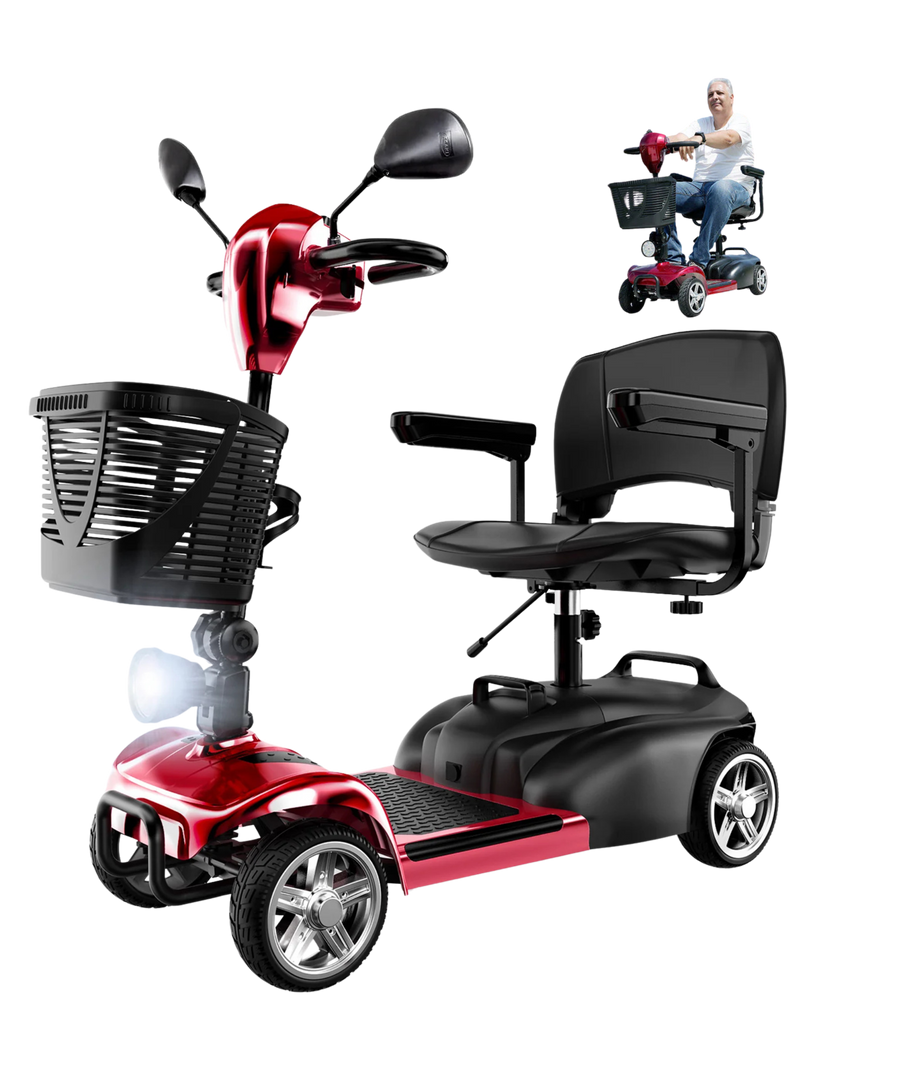
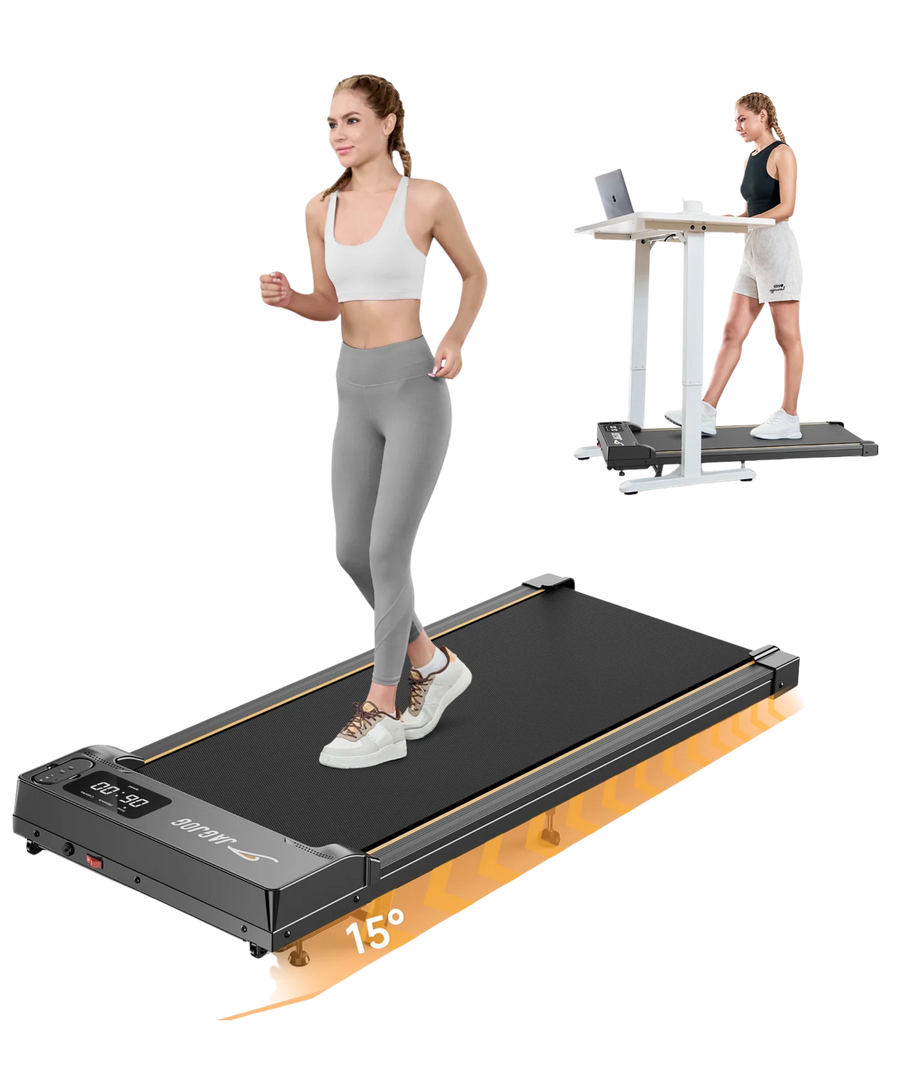
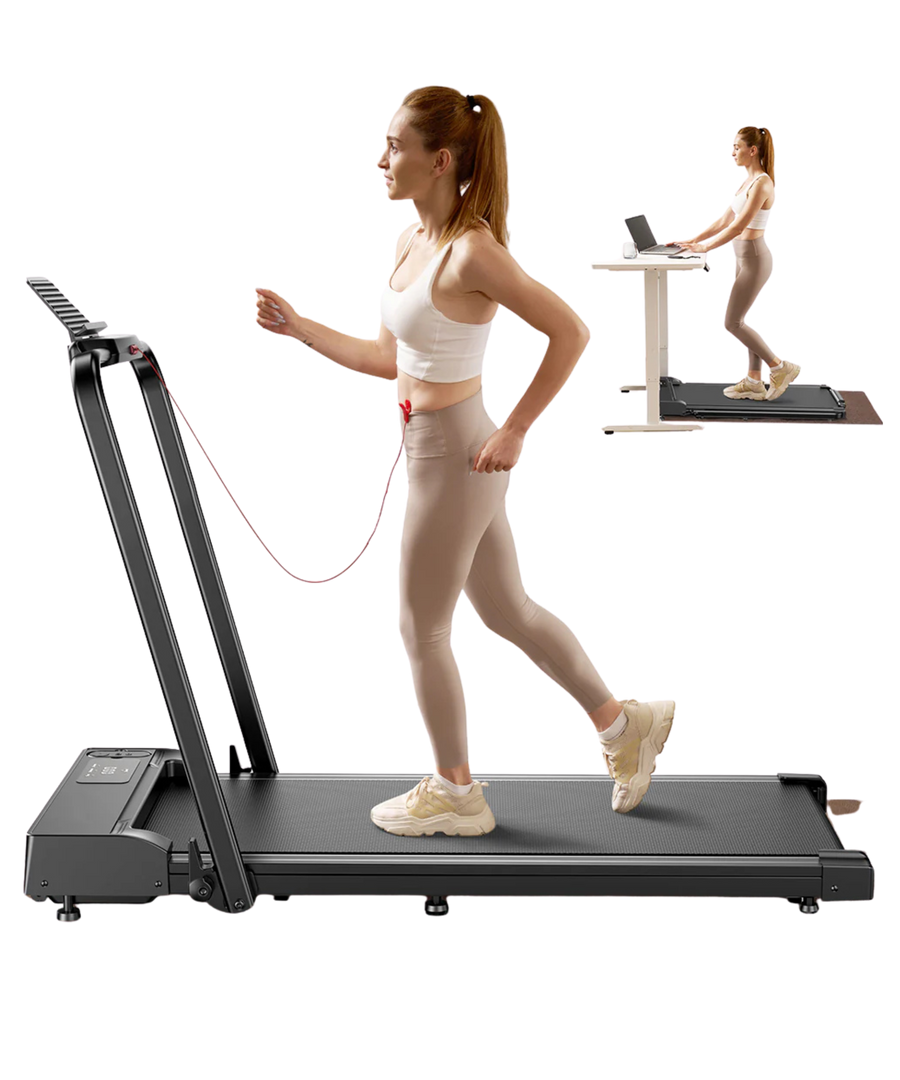





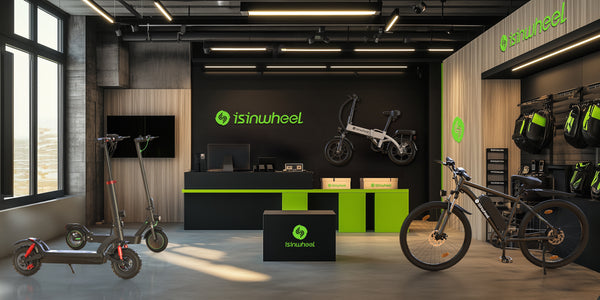
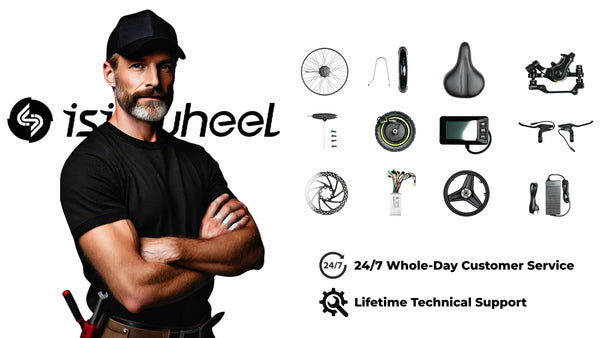


















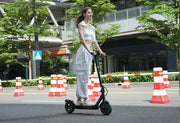
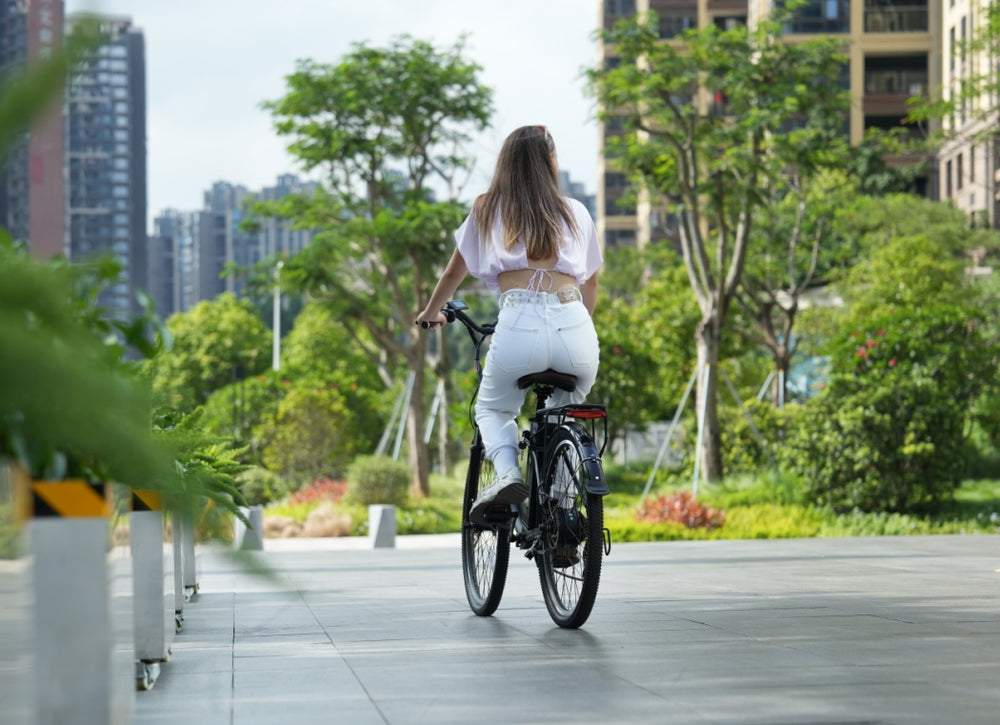
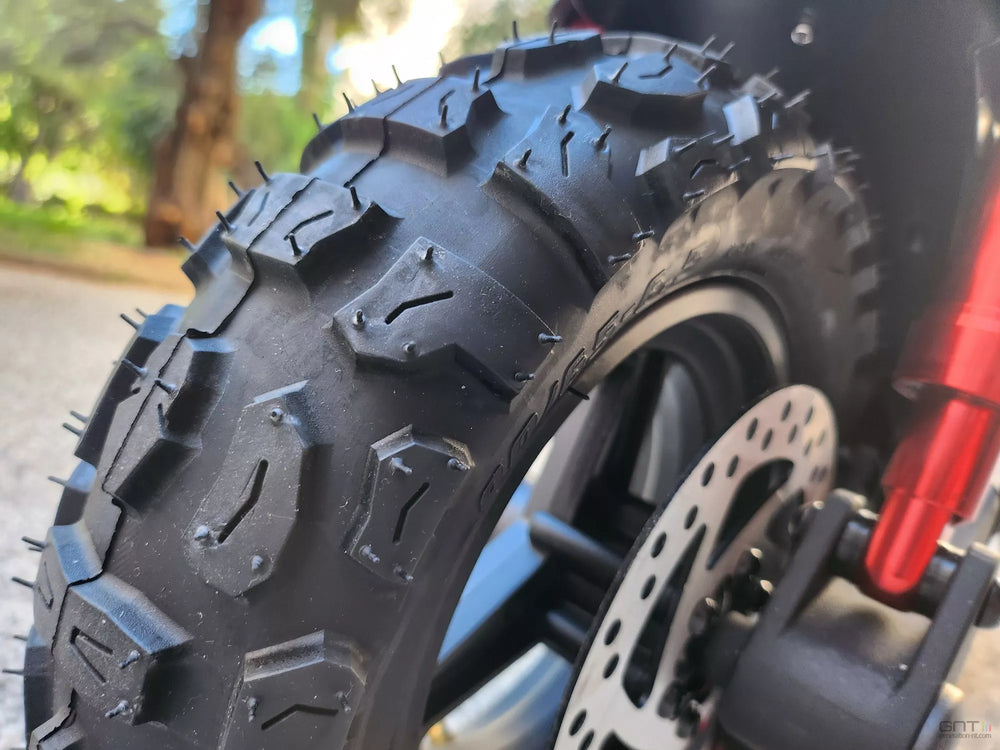
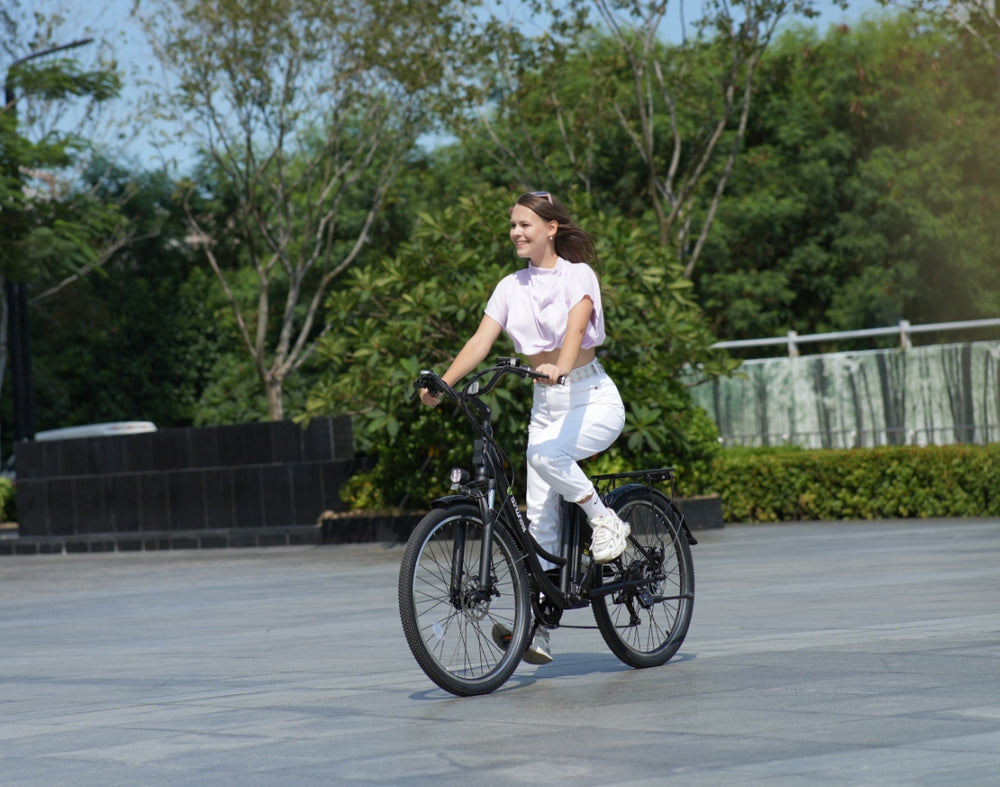
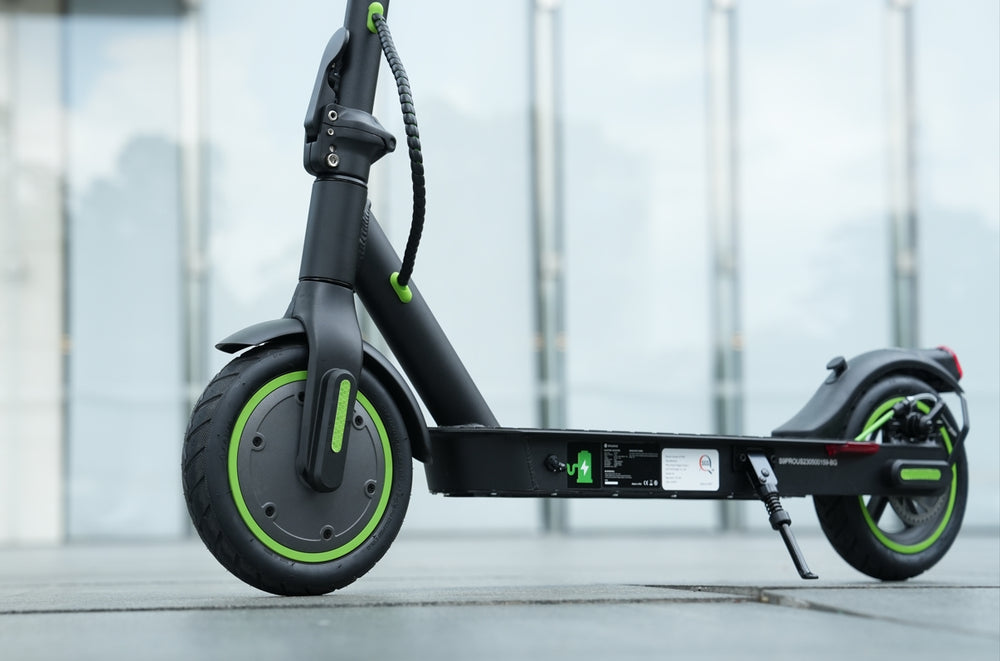
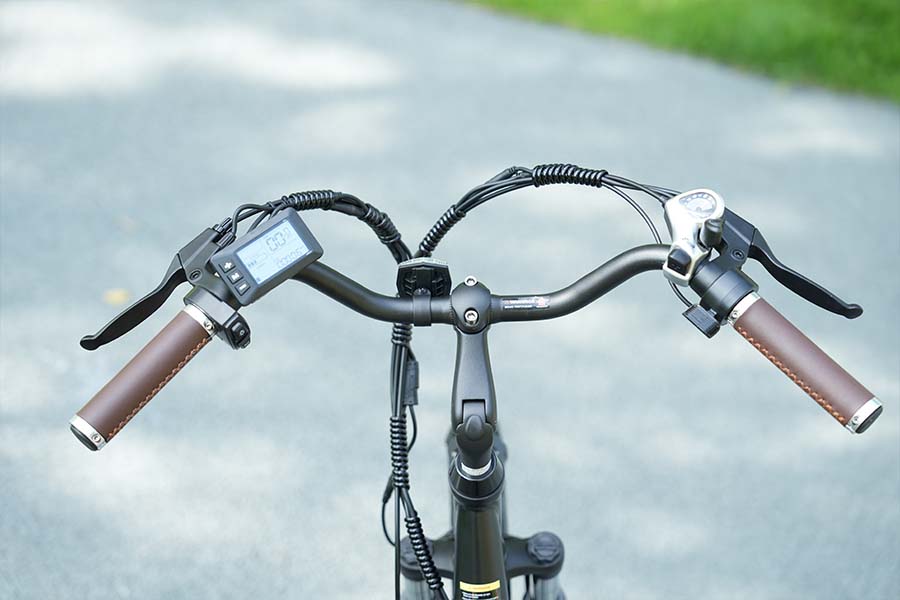

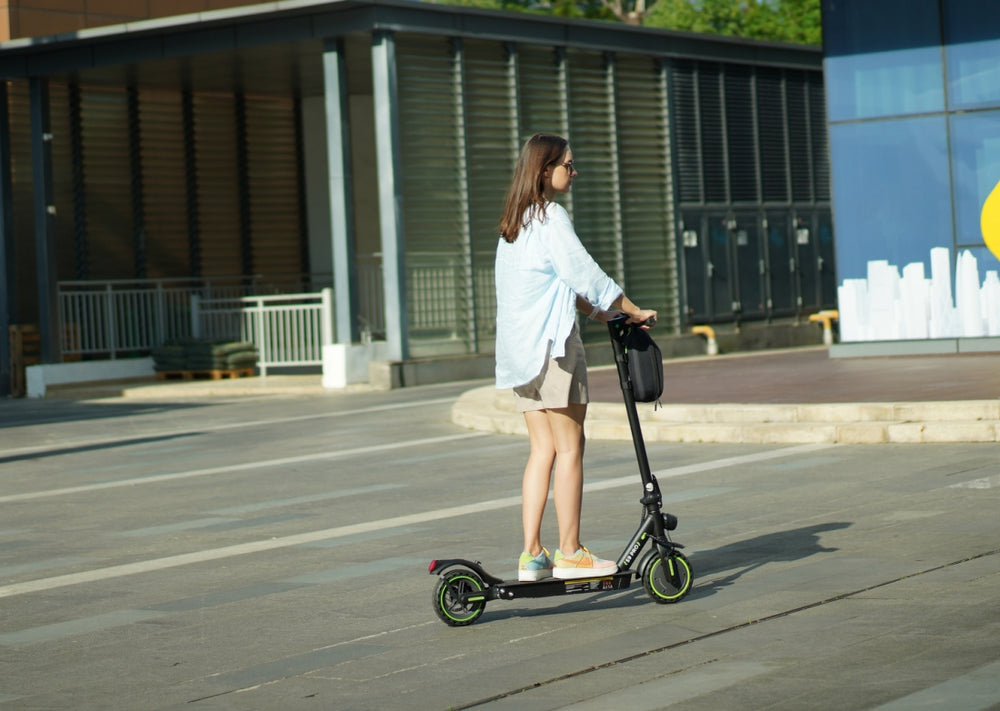


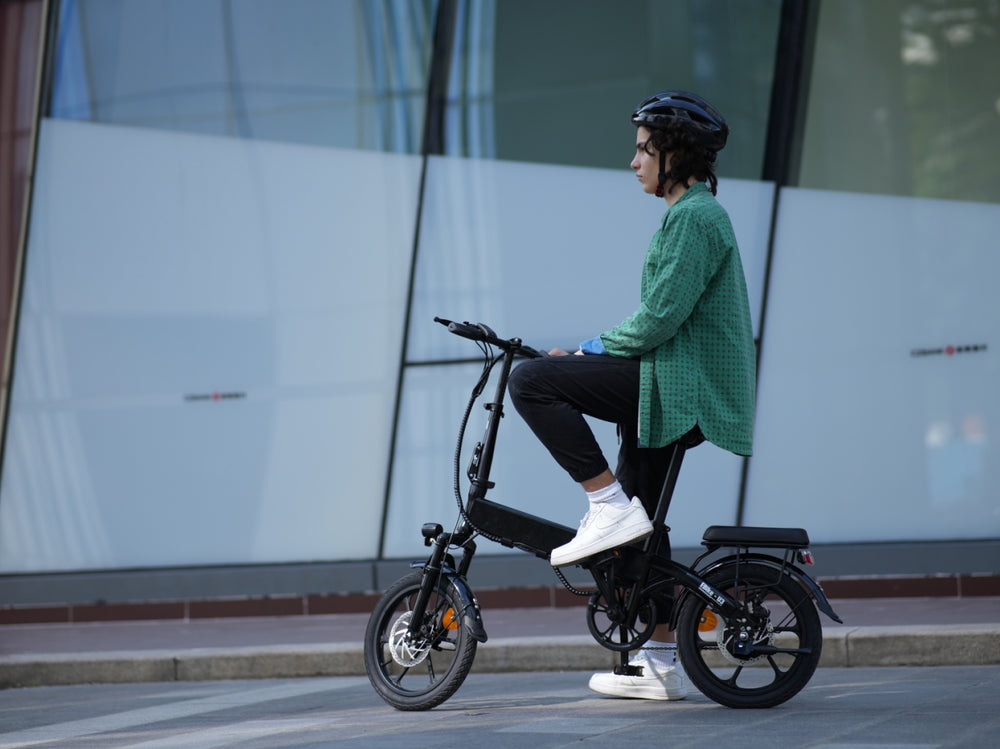
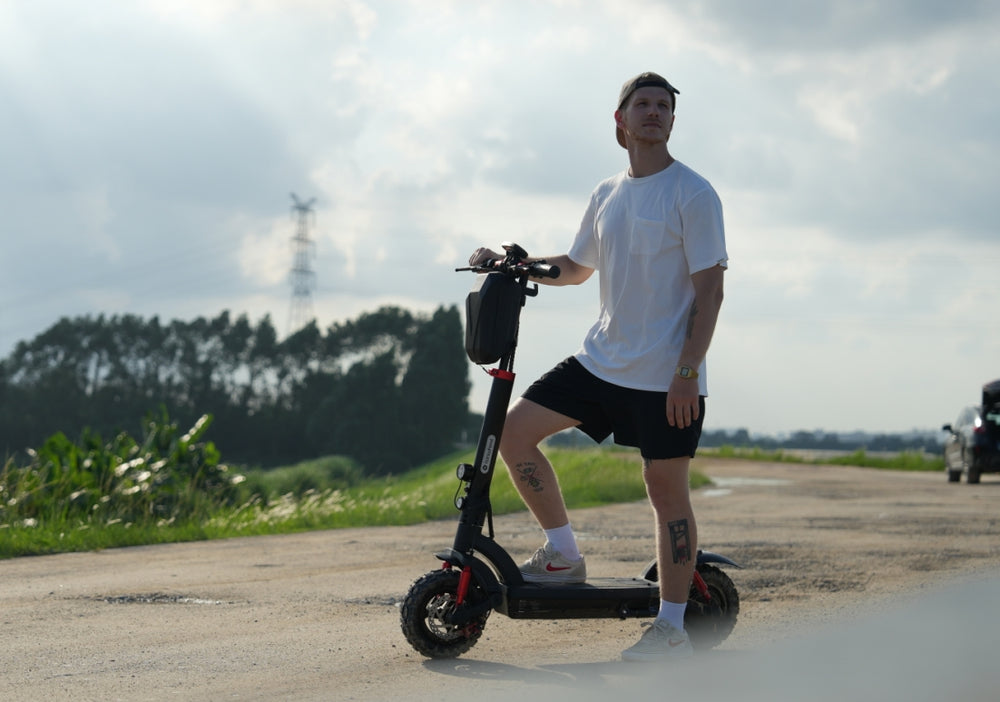
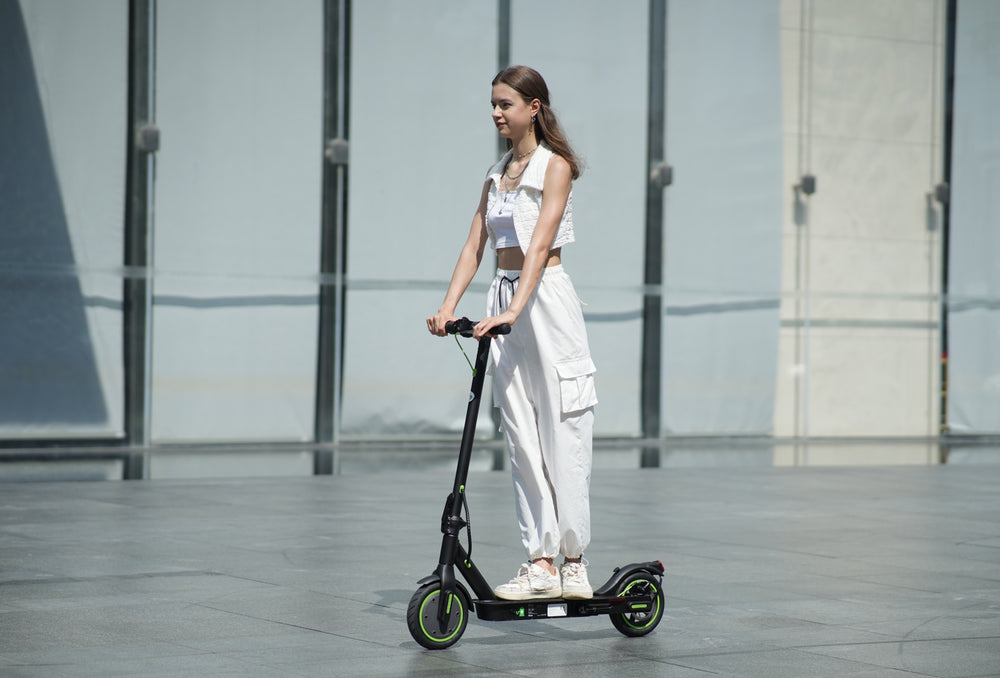

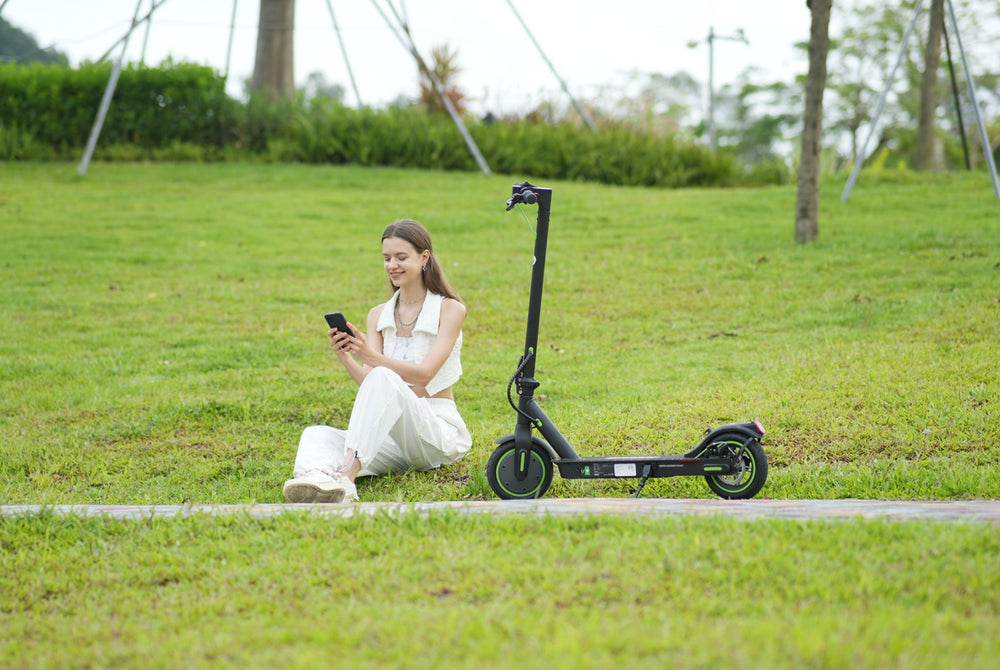
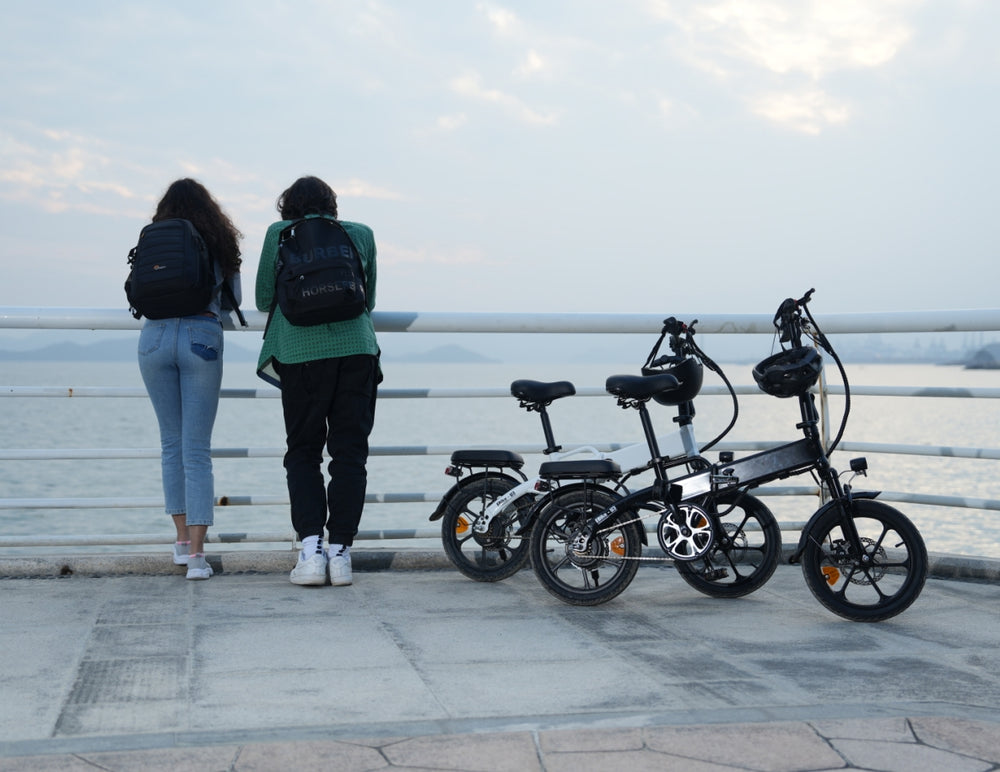
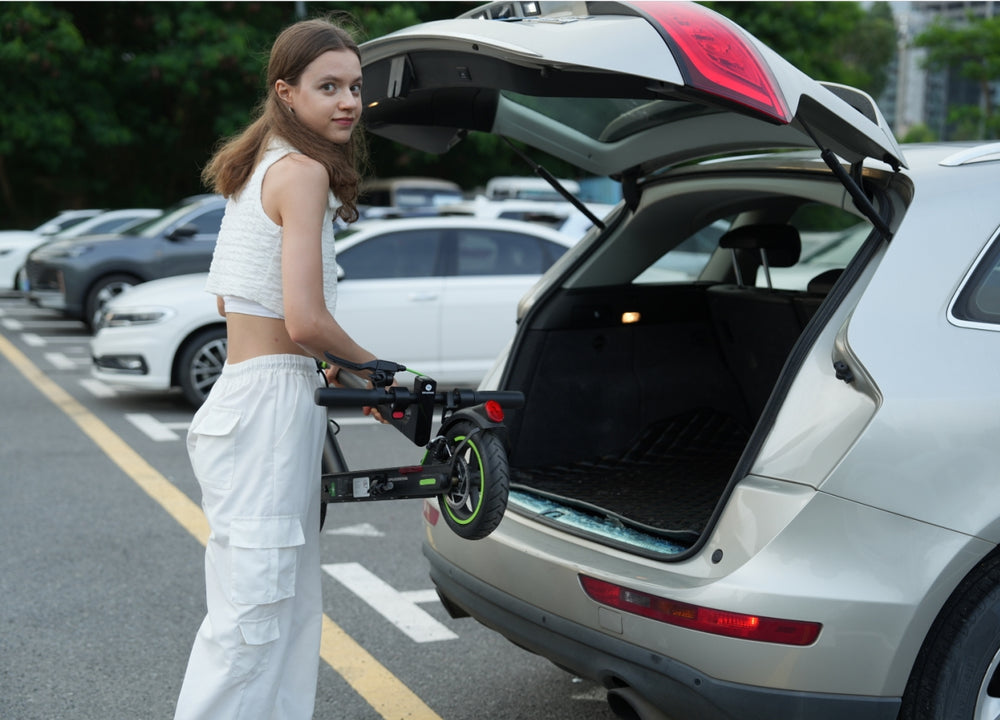

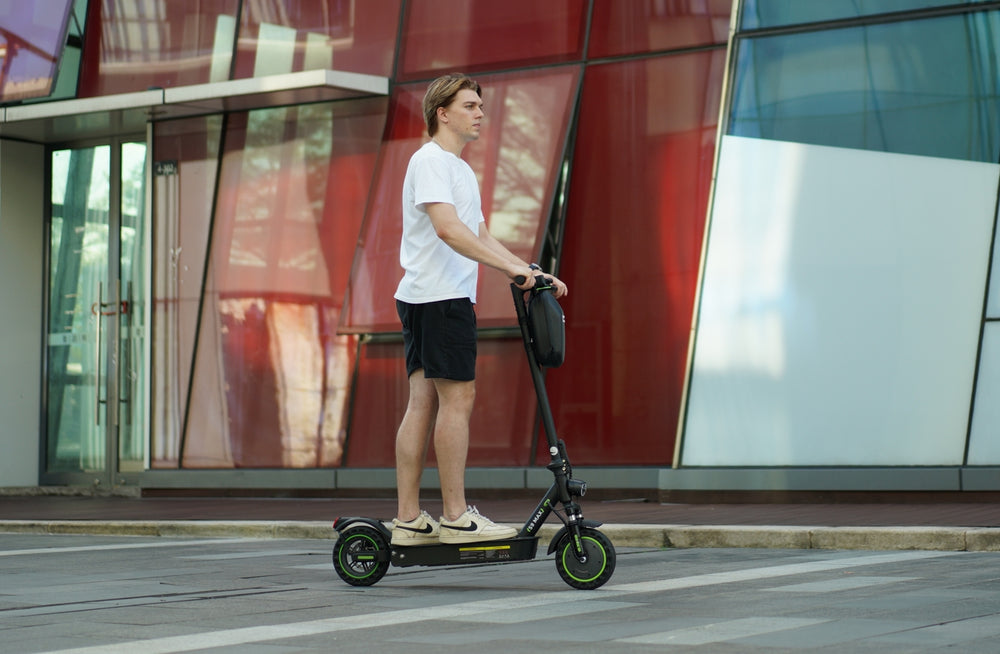
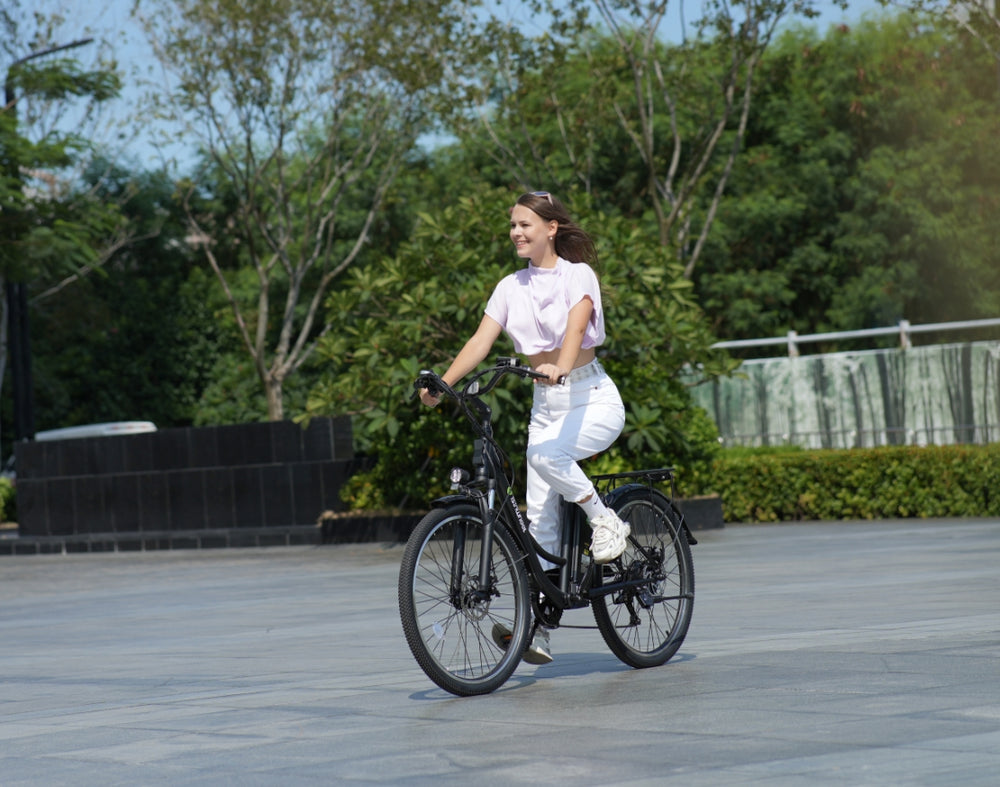
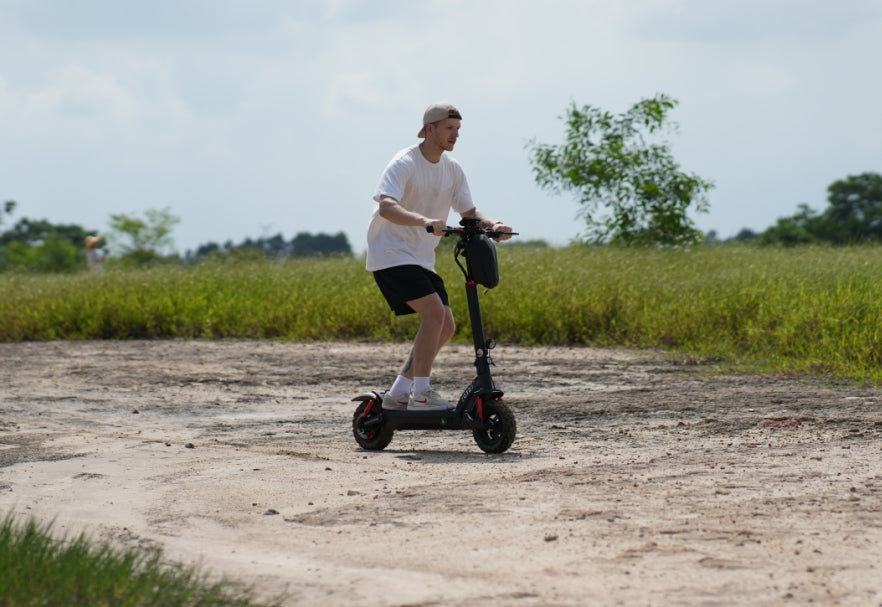
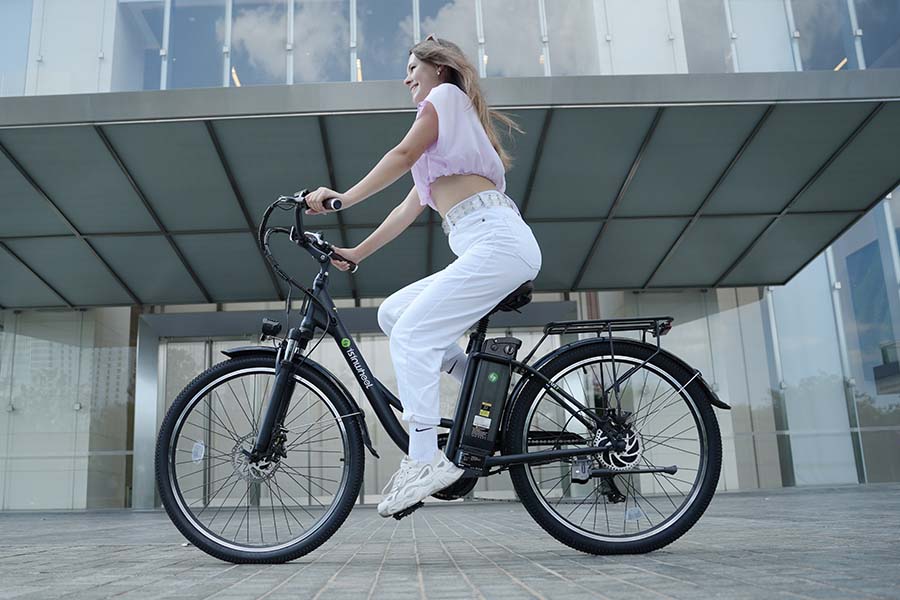

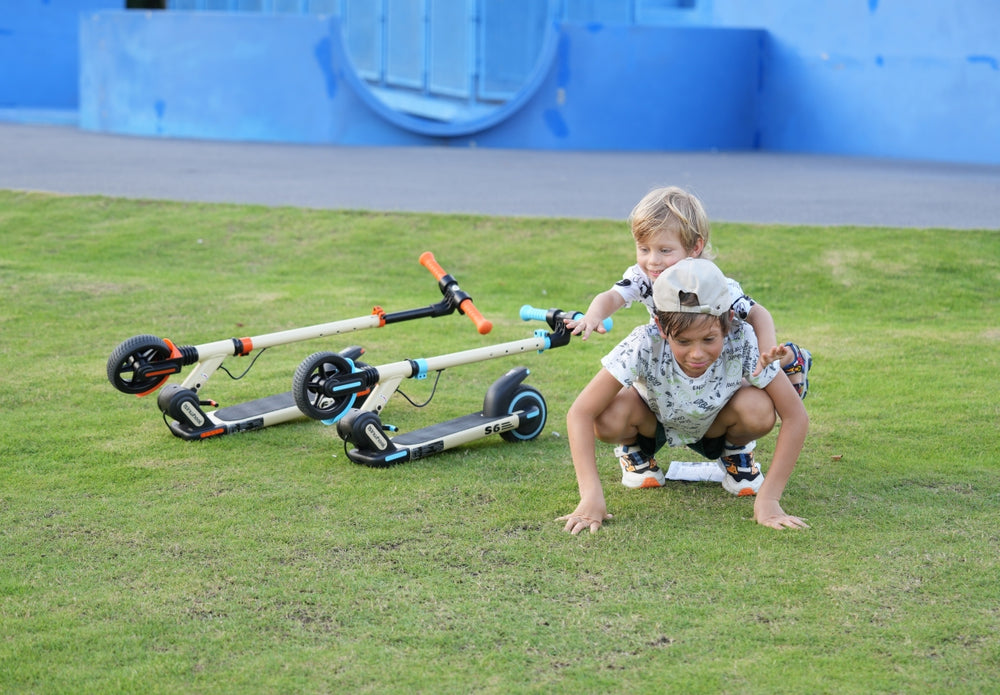
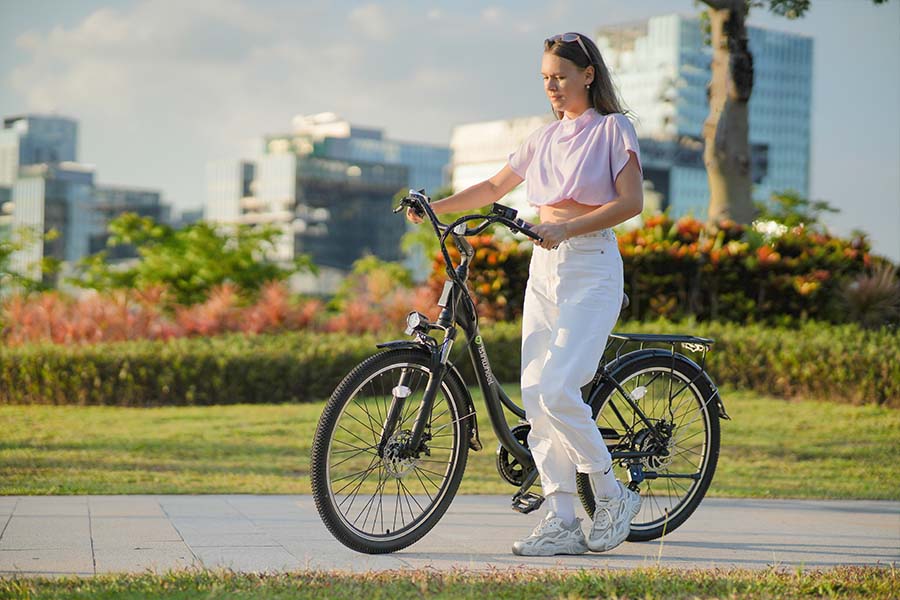
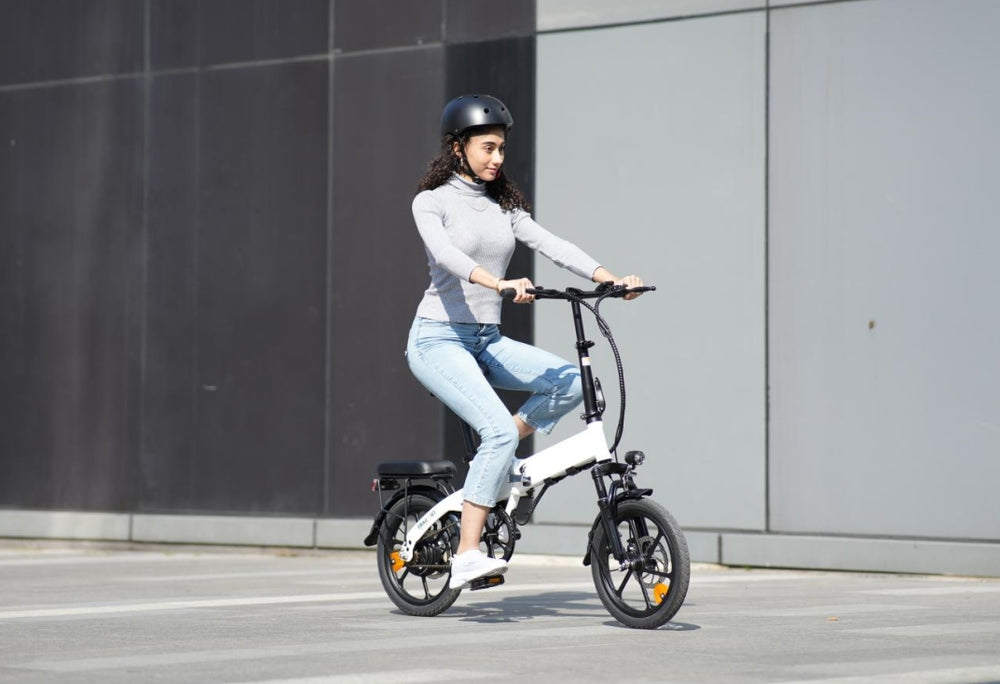
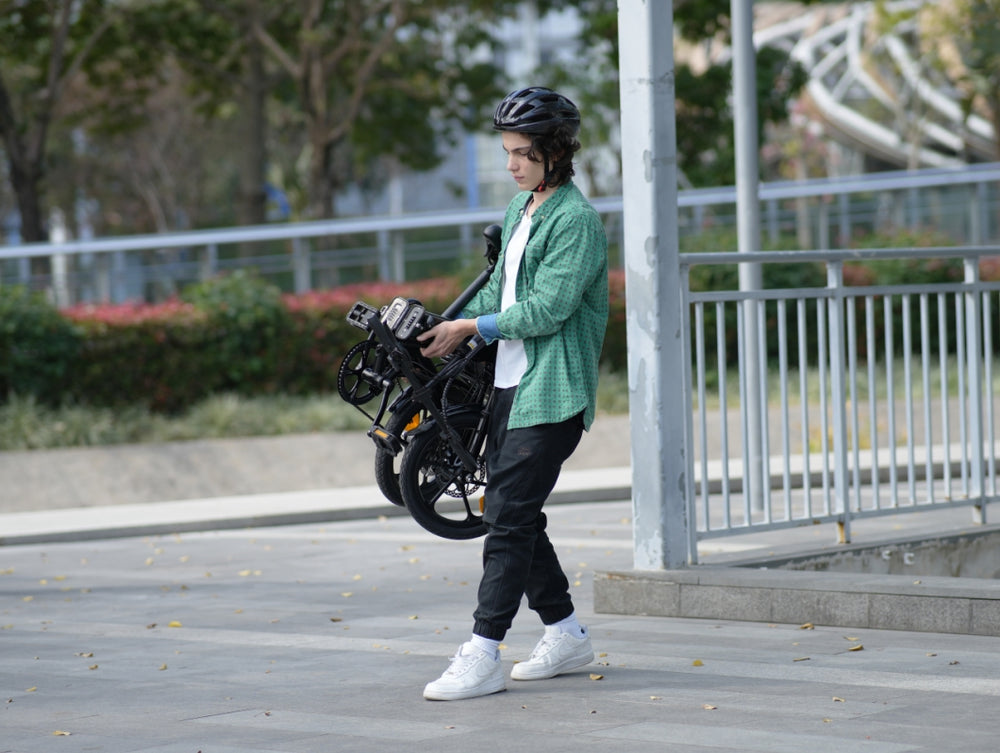
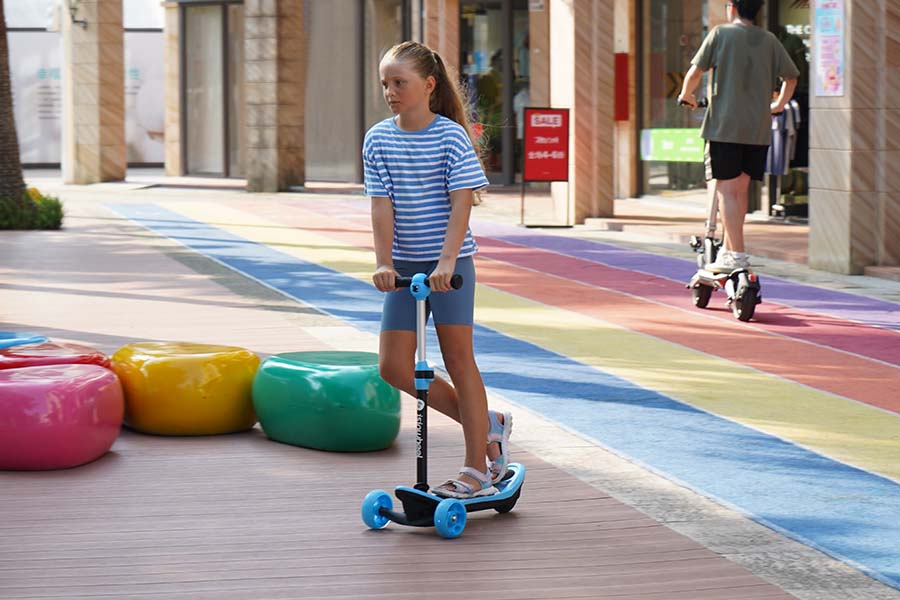

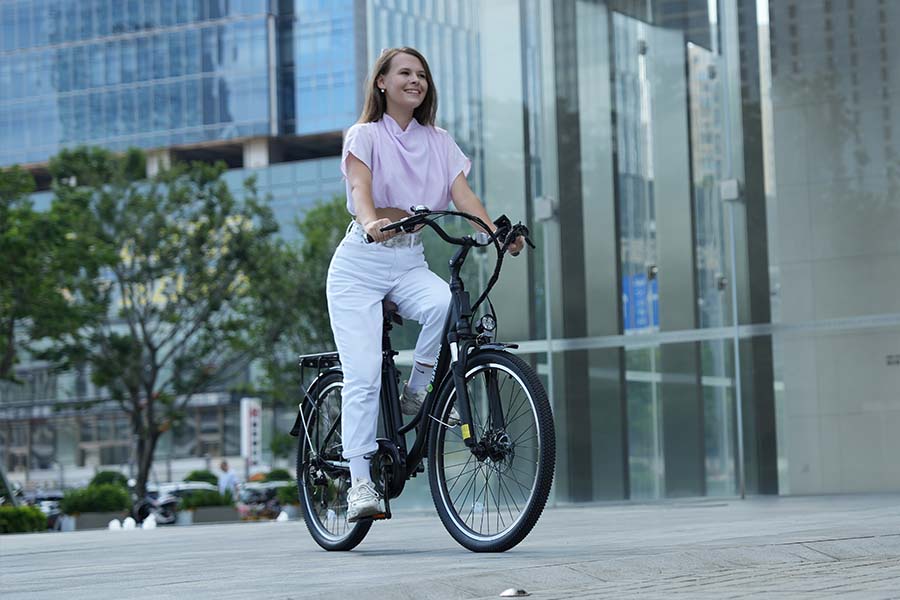

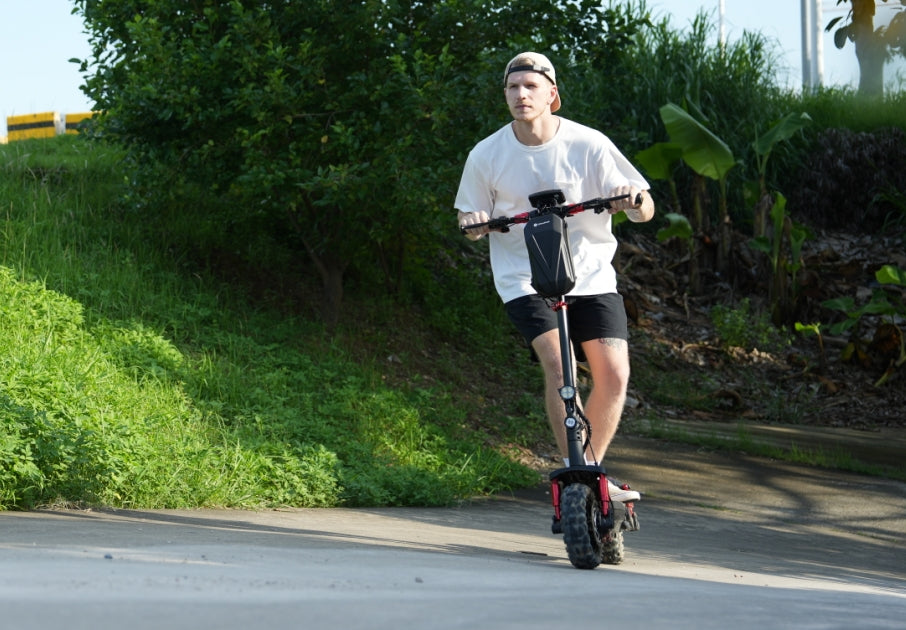

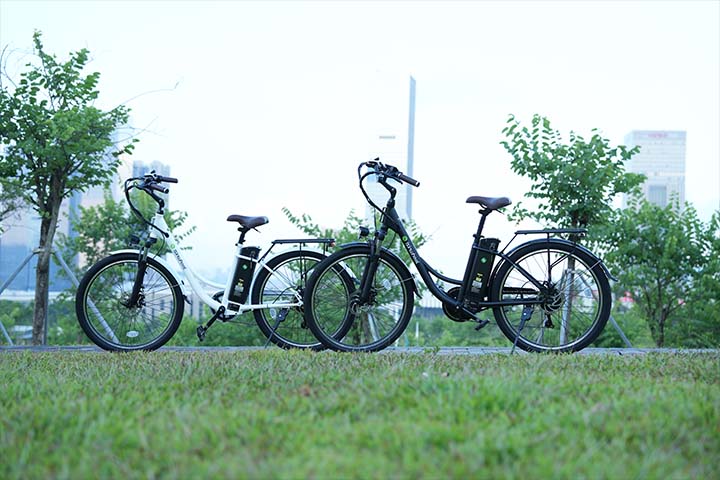

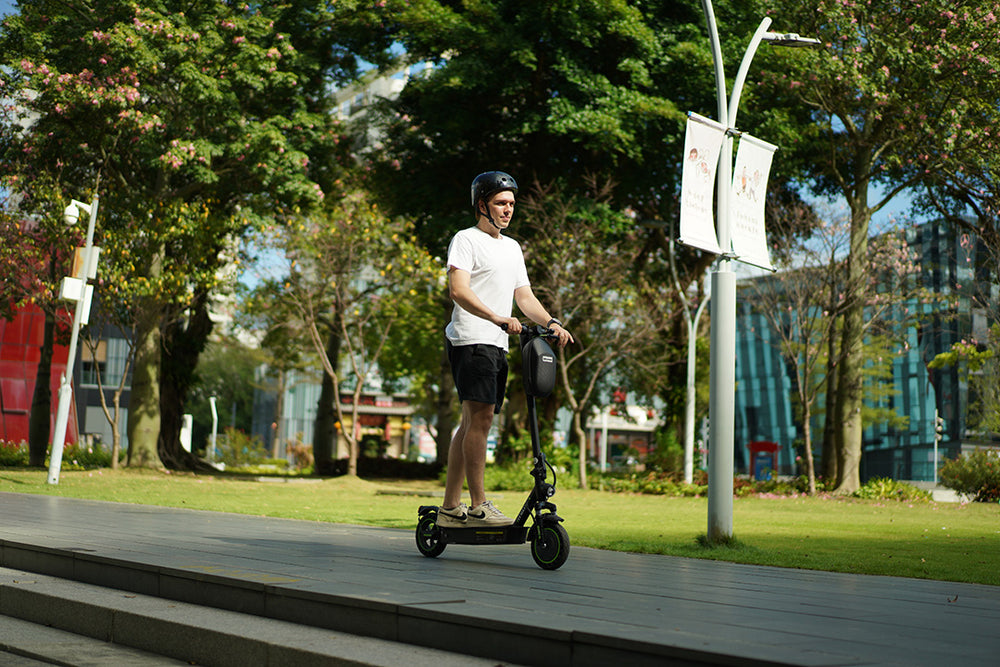
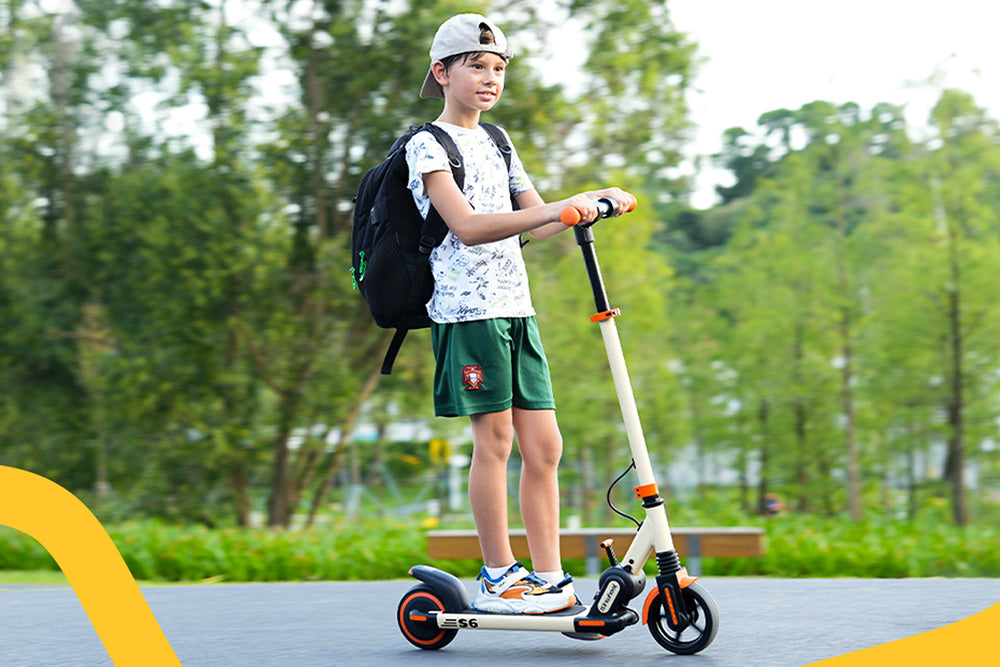
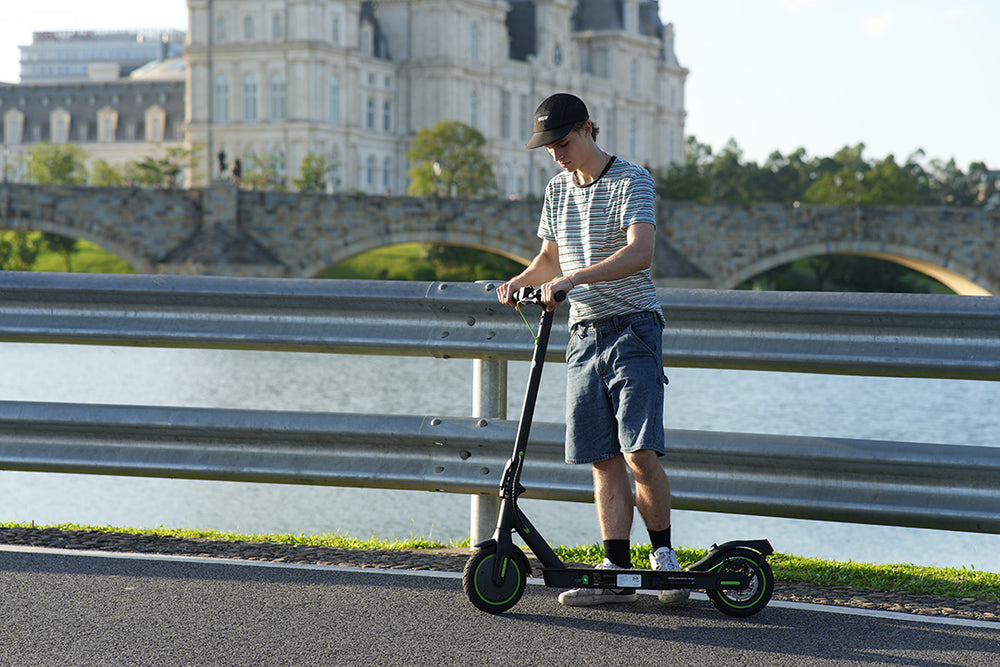
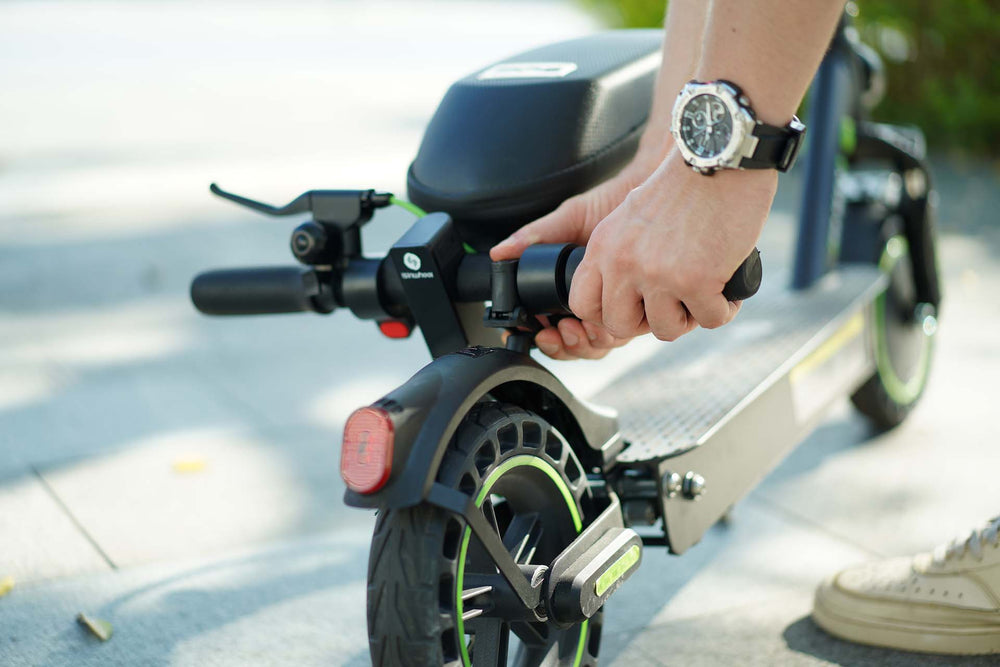





Leave a comment